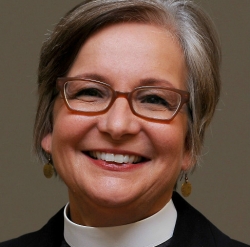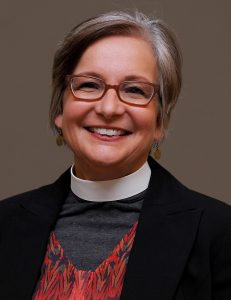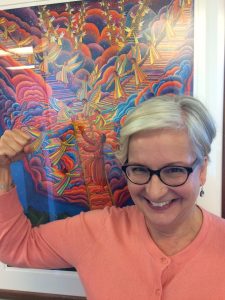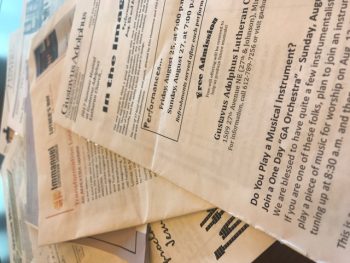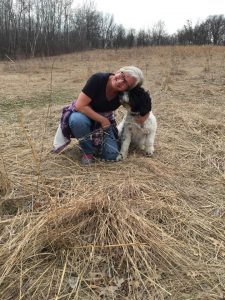December 24 lands on a Sunday; now what?
November 27th, 2017 By Pastor John Hulden
By Pastor John Hulden
Aren’t we as Minnesotans blessed with the beauty of the changing of the seasons?
Thursday was Thanksgiving. Friday was, well, Black. Yesterday was Christ the King Reign of Christ Sunday. That is followed by Cyber Monday. (OMGosh! I forgot to do all my Cyber Monday online shopping!) And now, Advent is upon us.
“In this ever-changing, post-Christendom, less-frequent-worship-attendance culture, December 24 on a Sunday poses a problem for many church leaders.”
What is your favorite season of the church year? I’ve been to more than one churchy gathering with rostered leaders and, when they are asked that question, a clear winner emerges every time: Advent!
I wonder what that says about us as church leaders? Do lovers of Advent like the theology, the darkness, the waiting, the already-not yet-ness, the counter-cultural response to Black Friday and Cyber Monday?
HOW ABOUT YOU? Where does Advent rank for you? Or, do you think church seasons are overrated?
This calendar year, December 24 is a Sunday, which means December 24 plays double duty: The Fourth Sunday in Advent is the morning and Christmas Eve is in the evening. (Note: As I write this, I realized that the Fourth Sunday in Advent is not actually on Christmas Eve — because Christmas eve doesn’t happen until the sun goes down on December 24!)
In this ever-changing, post-Christendom, less-frequent-worship-attendance culture, December 24 on a Sunday poses a problem for many church leaders. If you have a Fourth Sunday in Advent morning worship service on December 24, will anyone come? And if they do, will they be surprised/disappointed in hearing only the Joseph story from the first chapter of Matthew and singing Advent hymns?
“Do lovers of Advent like the theology, the darkness, the waiting, the already-not yet-ness, the counter-cultural response to Black Friday and Cyber Monday?”
Please note: Before I start a heated “discussion” in the comments about worship preferences, … I know that some congregations moved Advent up a week to begin on November 26. (Would that be Advent-loving people who didn’t want to compromise the Fourth Sunday of Advent this year?) And, I know that many congregations that use the Narrative lectionary will be reading John 1 the morning of December 24, and Luke 2 in the evening, and for Christmas Day you’ll be hearing about shepherds.
Whatever your congregation is planning for a December 24 that lands on a Sunday, please hear this:
- Thank you worship planners.
- Thanks bulletin creators and printers.
- Thanks musicians and worship leaders.
- Thanks preachers.
- Thanks building caretakers and door-lockers and –unlockers.
- Thanks organizers of efforts to care for those in need.
- Thanks Christmas pageant creators and performers and costume finders and makers.
Thanks for caring so much about your worshiping community as it gathers together in these Advent weeks leading up to the Festival of the Incarnation. (“Festival of the Incarnation” is my big seminary vocabulary title for Christmas.)

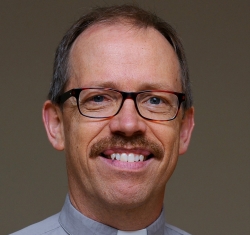
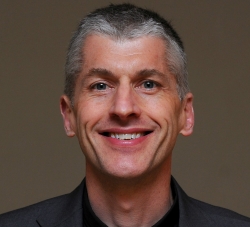
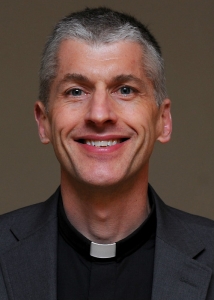 By Pastor Craig Pederson
By Pastor Craig Pederson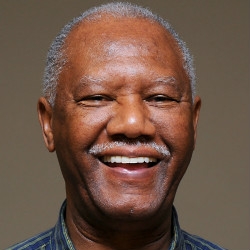
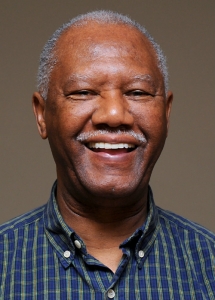 By Pr. Kelly Chatman
By Pr. Kelly Chatman